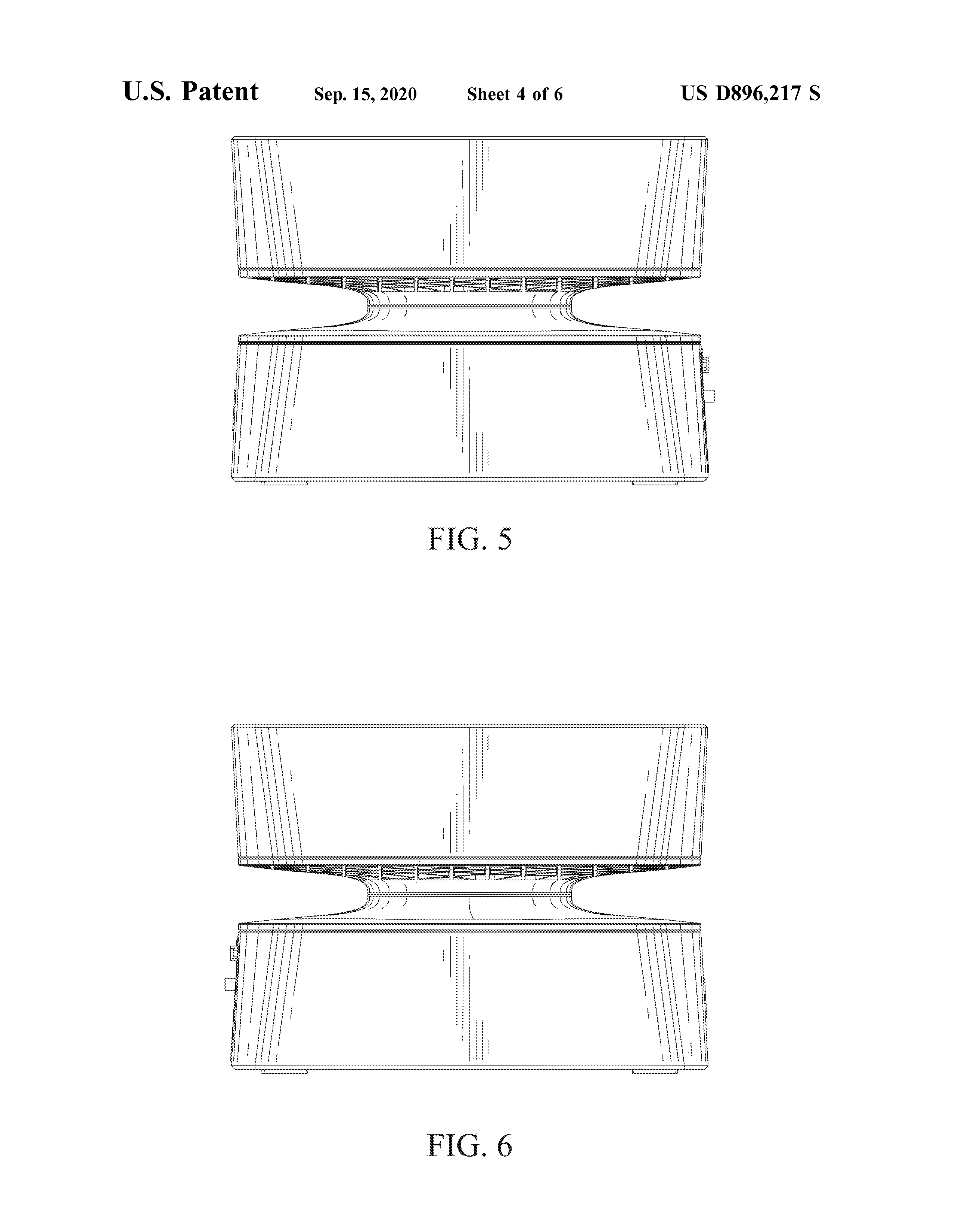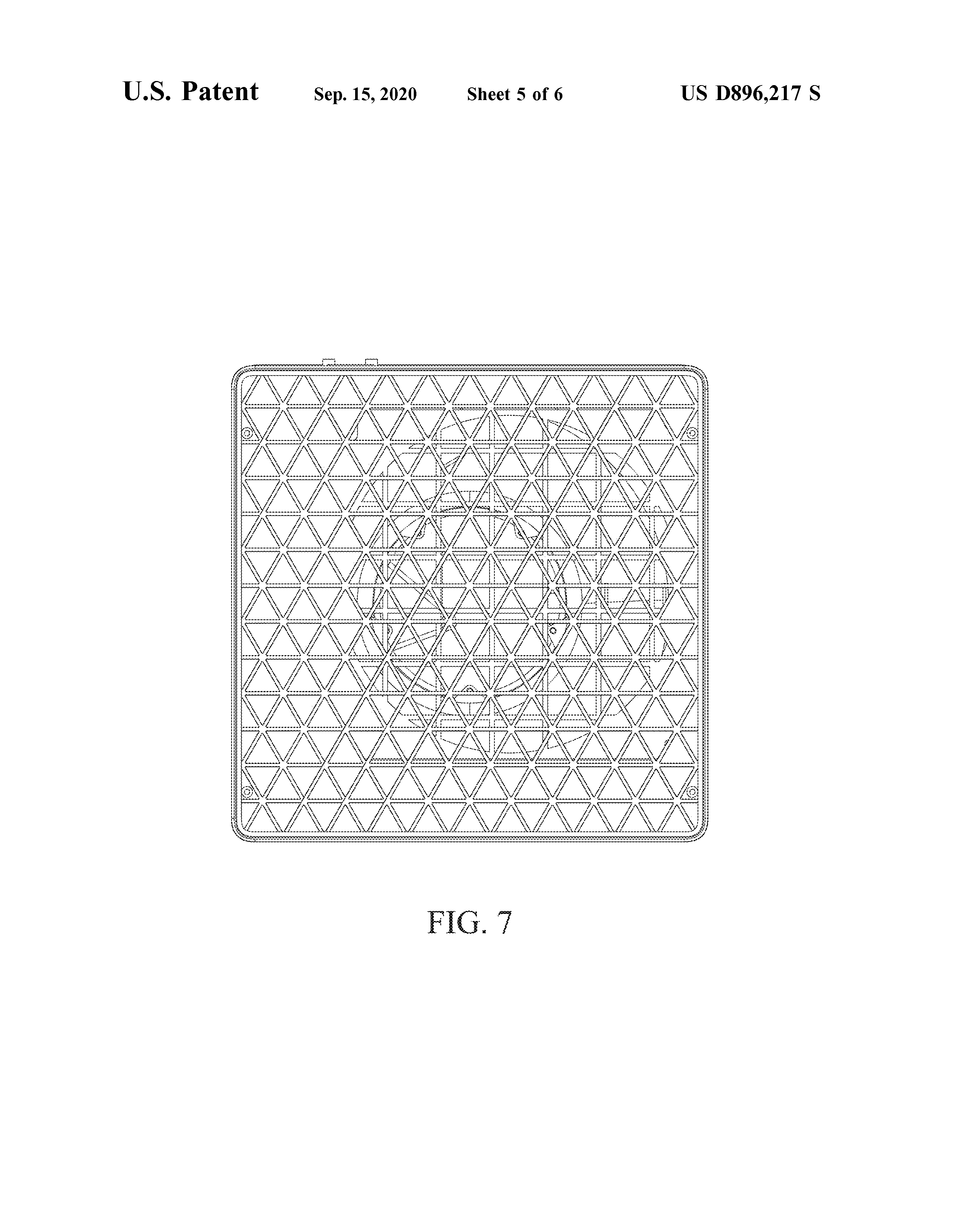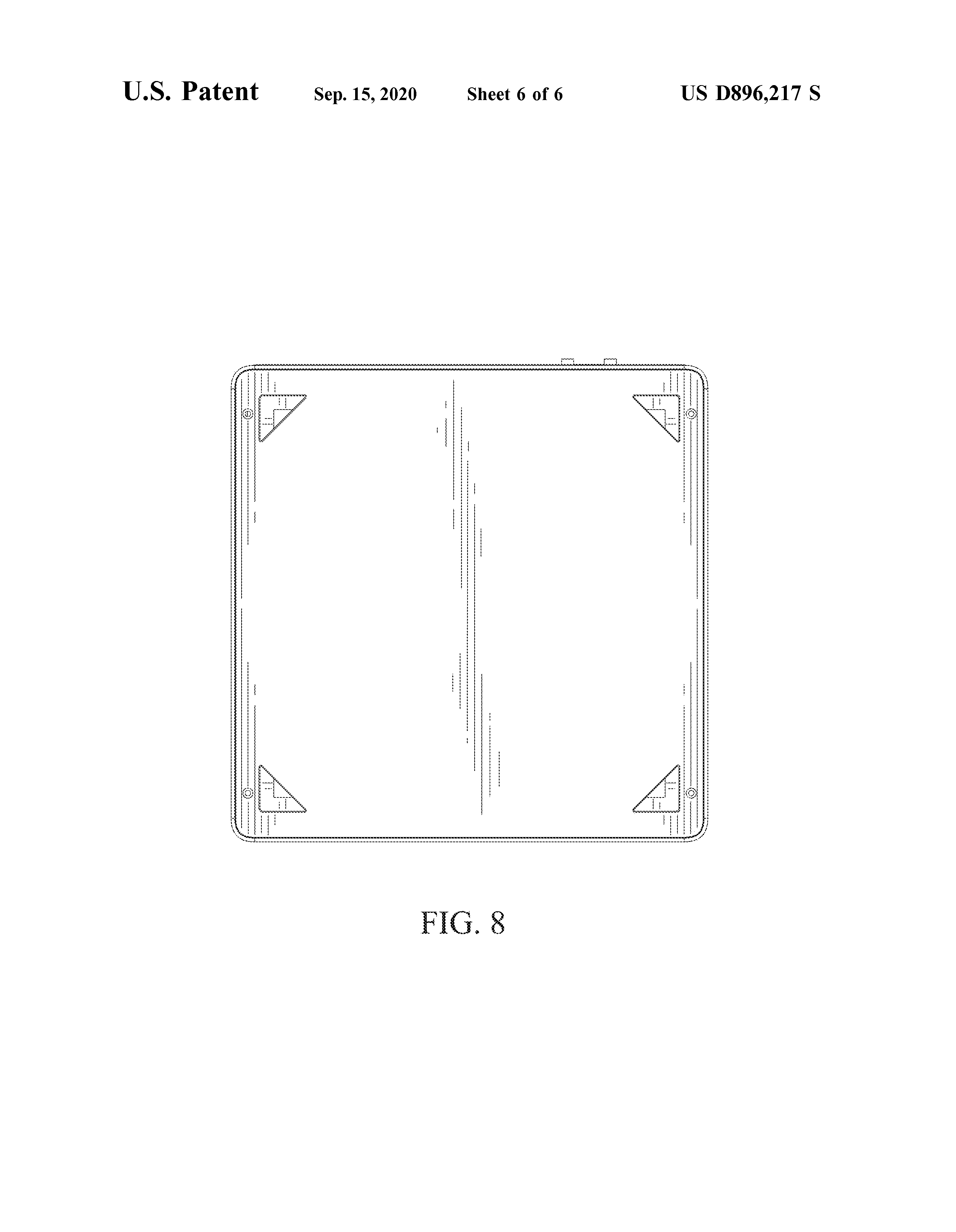AMD May Resurrect Project Quantum Mini Gaming PC
Remember AMD's Project Quantum gaming PC concept back in 2015? Well, AMD (via @_rogame) filed a patent on September 25 of this year to safeguard the design. The recent filing doesn't effectively confirm Project Quantum's release. However, it would be a bit weird to patent the design five years later unless AMD is working on the project again.
Project Quantum was AMD's rendition of a configurable small-form-factor gaming PC (see our list of best gaming PCs) that would meet the size requirement to compete in the gaming console market. The original prototype measured 9.5 x 9.5 x 6.5 inches (24.13 x 24.13 x 16.51cm). The patent doesn't reveal if the device's dimensions have changed or not. The two-story design, however, seems to have stuck with Project Quantum.
Project Quantum featured an integrated liquid cooling system that was hidden on the top section of the mini-PC. The setup cooled both the processor and graphics and includes a small pump, reservoir and 180mm radiator. A corresponding cooling fan pulled fresh air from the outside to dissipate the heat from the radiator. Project Quantum's hardware, on the other hand, was situated at the bottom section of the case.
Shocking as it may sound, Project Quantum utilized Intel's Core i7-4790K (codename Devil's Canyon) processor with a customized ASRock Z97E-ITX/ac mini-ITX motherboard. AMD could have used one of its own chips, but you must remember that Project Quantum was born in 2015, and AMD didn't have a gaming processor that could rival Intel's offering back then. Much has changed since, and if Project Quantum was released today, we wouldn't doubt that a Ryzen Zen 2 or possibly a Zen 3 chip would likely power the gaming PC. The initial plan was to stick up to two Radeon R9 Fury X graphics cards into Project Quantum. Today, we can expect something in the line of AMD's Radeon Navi or Big Navi graphics cards to be featured in Project Quantum.








The patent reveals some similarities with the prototype's first rear I/O layout. The mini-PC appears to preserve the same layout with three DisplayPort outputs and an HDMI port. AMD built Project Quantum with support for the chipmaker's LiquidVR technology, and the plan still stands it seems. However, AMD updated the design a bit with more audio jacks, USB ports and even wireless connectivity.
Given the size of Project Quantum, the mini-PC employs an external power source, which connects to the device through a thick cable. The design from the patent shows a new 10-pin power connector, which doesn't exist -- yet. It would seem that AMD maybe borrowing a page from Nvidia's playbook. Similar to how Nvidia introduced the 12-pin PCIe power connector for its GeForce RTX 30-series graphics cards, AMD might cook up its own 10-pin power connector. With the first Project Quantum prototype, AMD estimated that the device would pull around 300W to 400W of power under heavy workloads. Those values were for a pair of Radeon R9 Fury X graphics cards that are rated for 275W each. In contrast, AMD has made tremendous progress with Navi so the power requirement should less.
If you're into conspiracy theories, there is another angle that we haven't explored. Although Project Quantum was originally designed be a gaming PC, what if AMD suddenly decided to turn it into a gaming console? It would make sense to put Project Quantum into hibernation until the chipmaker has made sufficient advancements in both the processor and graphics card spaces to bring the project back to life. AMD also produces the CPU and GPU for both upcoming PlayStation 5 and Xbox Series X consoles so the chipmaker obviously knows the secret recipe.
Get Tom's Hardware's best news and in-depth reviews, straight to your inbox.

Zhiye Liu is a news editor, memory reviewer, and SSD tester at Tom’s Hardware. Although he loves everything that’s hardware, he has a soft spot for CPUs, GPUs, and RAM.
-
nofanneeded This is a stolen Zotac Design Zotac should claim the patent.Reply
ONdcPgQy-dkView: https://www.youtube.com/watch?v=ONdcPgQy-dk
https://www.zotac.com/nl/news/world’s-most-powerful-gaming-mini-pc-first-vr-ready-and-liquid-cooled-mini-pc-0 -
frogr The AMD design patent only protects the appearance of "a housing of an electronic device."Reply
Compare the patent figures with the Zotac device. Since they look different, there is likely no patent infringement.
On the other hand, if it was an utility patent for a gaming computer with liquid cooling and an enclosure of a certain size then maybe the prior existence of a Zotac gaming mini PC would preclude an AMD patent. -
cryoburner Reply
Except... AMD was showing off Project Quantum at E3 a year prior. >_>nofanneeded said:This is a stolen Zotac Design Zotac should claim the patent.
Most likely, Zotac borrowed the basic concept after seeing AMD's design make headlines the previous year. It's not really all that similar either, aside from being a relatively small liquid-cooled PC, lacking the separate compartments for the components and cooling system, which was a major part of the Quantum's design.
If you're into conspiracy theories, there is another angle that we haven't explored. Although Project Quantum was originally designed be a gaming PC, what if AMD suddenly decided to turn it into a gaming console? It would make sense to put Project Quantum into hibernation until the chipmaker has made sufficient advancements in both the processor and graphics card spaces to bring the project back to life. AMD also produces the CPU and GPU for both upcoming PlayStation 5 and Xbox Series X consoles so the chipmaker obviously knows the secret recipe.
That seems quite unlikely. For one thing, AMD wouldn't want to upset companies who are buying tens of millions of their chips by directly competing with them. And for another, AMD doesn't have any first-party game development studios or anything like that, nor is there really any room for another major player in the console market.
